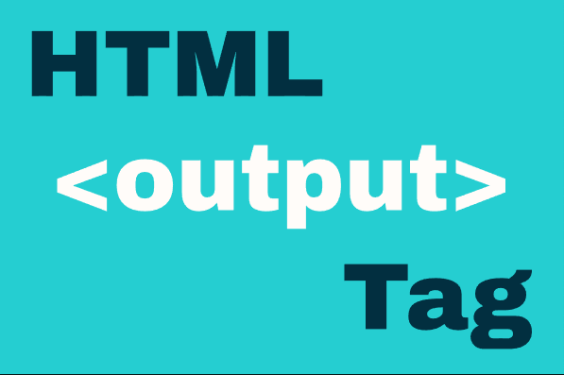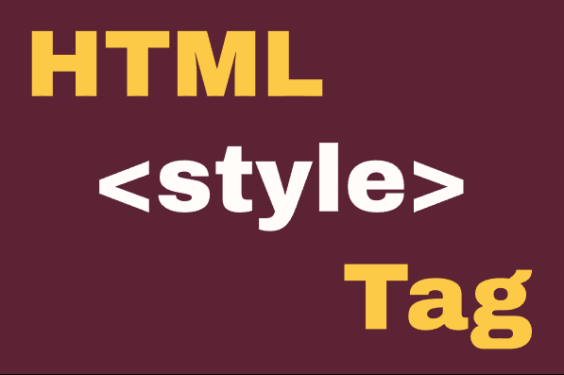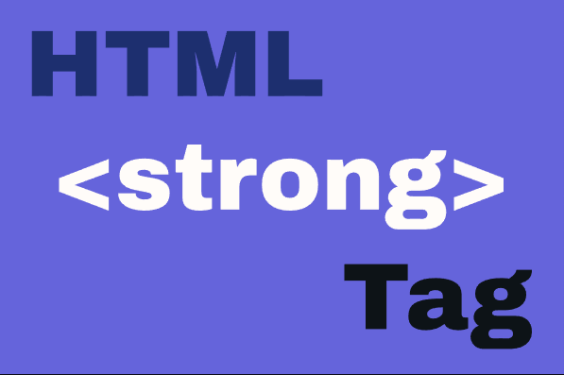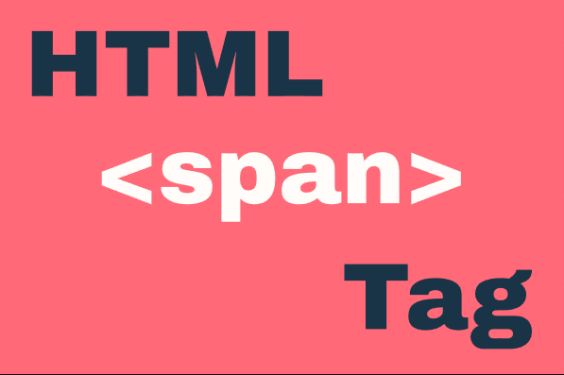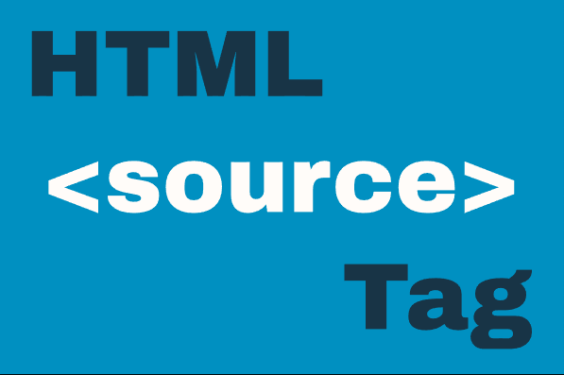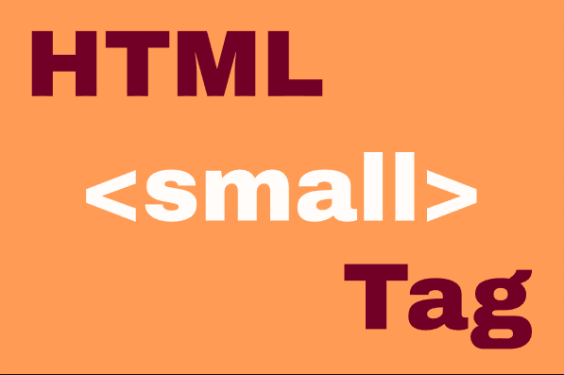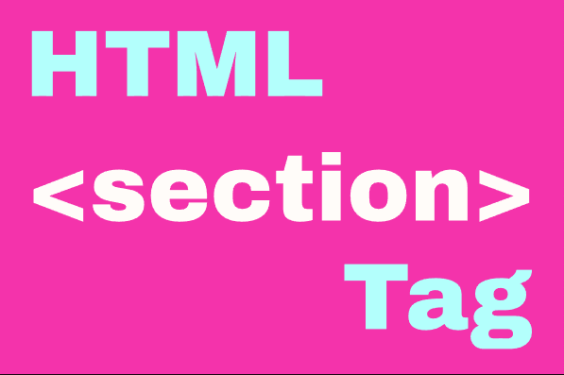HTML <output> Element
Publish in HTML Tutorial el 25/05/2025 14:31
The <output> element represents the result of a calculation or user action. It's typically used to display results from form calculations or script outputs. Unlike other form elements, <output> doesn't have a value attribute - its content is set either by JavaScript or through form relationships.
Basic Syntax
Here's the basic structure of the <output> element:
Attributes
The <output> element supports these attributes:
- for: Specifies the relationship between elements used in the calculation and the output
- form: Associates the output with a form element
- name: Specifies the name of the element
Examples
1. Basic Output Example
A simple output element displaying static text:
2. Simple Calculator
Using output with form inputs to create a simple calculator:
3. Range Slider with Output
Displaying the current value of a range slider using output:
4. JavaScript Calculation
Using JavaScript to calculate and display results in an output element:
5. Dynamic Content with JavaScript
Using output to display dynamic content from user input:
Tips and Tricks
- Use the for attribute to explicitly associate the output with input elements
- Combine with the oninput event for real-time updates
- Style output elements with CSS to make them stand out from regular text
- For complex calculations, use JavaScript to update the output value
- Remember that output elements are not form controls - they don't participate in form submission
Browser Support
The <output> element is supported in all modern browsers, including Chrome, Firefox, Safari, Edge, and Opera. For older browsers, you can use a span or div with similar functionality.
